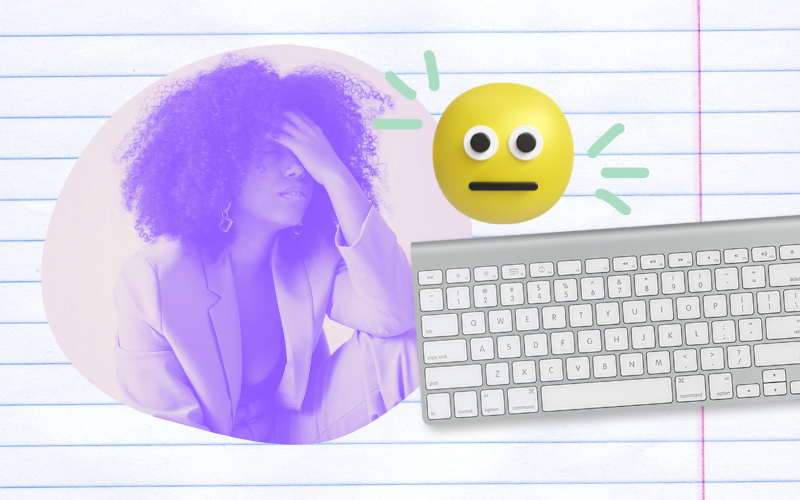Emotional Contagion At Work: What Role Will You Play?
Quick exercise: Think of a time when you were the best version of yourself. You might look back and think, “Wow, I’m incredible. Good job, me. I want to be that me all the time.”
Still envisioning that lovely you? Cool. Now imagine a toxic coworker/boss just walked into your office and started encroaching on your positive space with negativity. Then a client called and pushed up a deadline by two weeks. Or maybe your phone buzzed with a news alert about the latest global crisis.
Ok, so this is basically an exercise of daily life. Hardly an exercise.
When life throws the curveballs it inevitably does, some of you may be able to continue being that best you because no matter what, you operate at 100%. Or, perhaps, you’re a mere mortal (like me) and these situations start to affect you. Periods of stress, conflict, and crisis elicit feelings of anxiety, panic, and fear which then impact how we talk to ourselves and interact with others. If you’ve been there, I get it. So have I. Stressed Hannah = shorter temper, less focus, dampened creativity, and then anger at myself for not operating at 100%… basically your favorite person to work with 😅.
Stress at work ignites mental survival mode. You’re more likely to make decisions based on the litany of “what ifs” going through your mind: what if I get fired? What if my boss is testing me? What if the client hates my work? What if I let my team down?
When fear dominates decision making, you might start to communicate out of frustration and anger. As anxiety spikes, you’re less able to concentrate and empathize. Listening to understand becomes harder to do. Pausing to respond with curiosity is no longer the norm. Before long, the people around you show symptoms of their own stress: communication is short, tough conversations are dismissed, more people go home to vent about their day to their partner, spouse, or cats. Why? Emotions are contagious.
If not addressed, these emotions can catch so quickly that your work culture transforms into one of fear instead of one of calm. I know, this is all so uplifting and exciting! The silver lining, because of course there’s a silver lining, is that we’re capable of choosing how we behave in moments of crisis.
Here’s a simple guideline for how you might respond, instead of reacting, so that the emotions you’re spreading are more centered on kindness and compassion than fear and worry:
First, pause. Breathe a little bit. Or a lot, depending on what you need. A leader once told me that when she really needs space to breathe, she’ll tell her team, “I need a quick attitude adjustment so l can be more present. Back in five!”
Second, gently embrace your fears. Author and psychologist Tara Brach defines fear as the anticipation of future pain. Consider how we’ll go to great lengths to prevent that future pain we’re so afraid of, even if it means creating more immediate pain for ourselves or those around us. Take a moment to define what's causing you the most fear, accept that that’s what happening, and then you can make a plan for what to do next.
Third, choose kindness over fear. Wouldn’t it be a welcome relief if we all made the effort to spread the kindness we need instead of the fear we’re running from? Kindness can prompt feelings of appreciation, warmth, and understanding. And those emotions, like others, are contagious.

